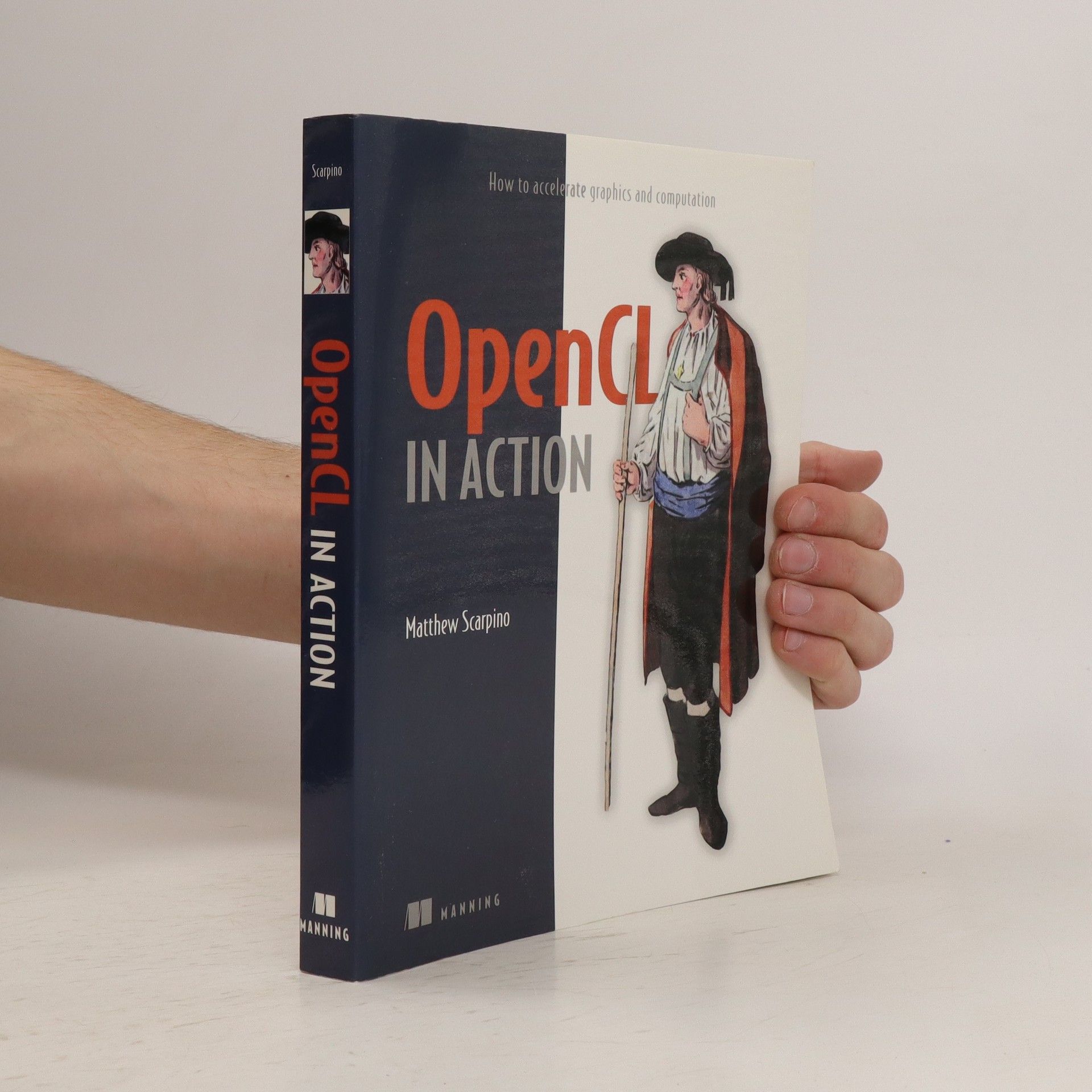OpenCL in Action
- 434 Seiten
- 16 Lesestunden



Covering Eclipse's new capability for building graphical user interfaces with version 3.0, the Standard Widget Toolkit (SWT) and JFace, this guide demonstrates how these award-winning tools have received broad support for creating desktop applications. Theory and practical examples reveal how to build GUIs that combine the look and feel of native interfaces with the platform independence of Java. This guide also shows how SWT makes use of the widgets provided by the operating system and describes how these components can be associated with events, containers, and graphics. With this knowledge, programmers can build fully featured user interfaces that communicate directly with the underlying platform. JFace's ability to simplify and organize the process of GUI design is then demonstrated, enabling developers to modify and adapt components, and separate their information from their appearance.
High-Performance Graphics and Machine Learning in the Browser
Focusing on the use of WebGPU, this book guides readers through coding web applications that leverage the client's GPU for high-speed graphics rendering. It explores techniques for executing computationally-intensive tasks, including machine learning, directly within a browser environment, making it an essential resource for developers looking to enhance their web applications with advanced graphical capabilities.